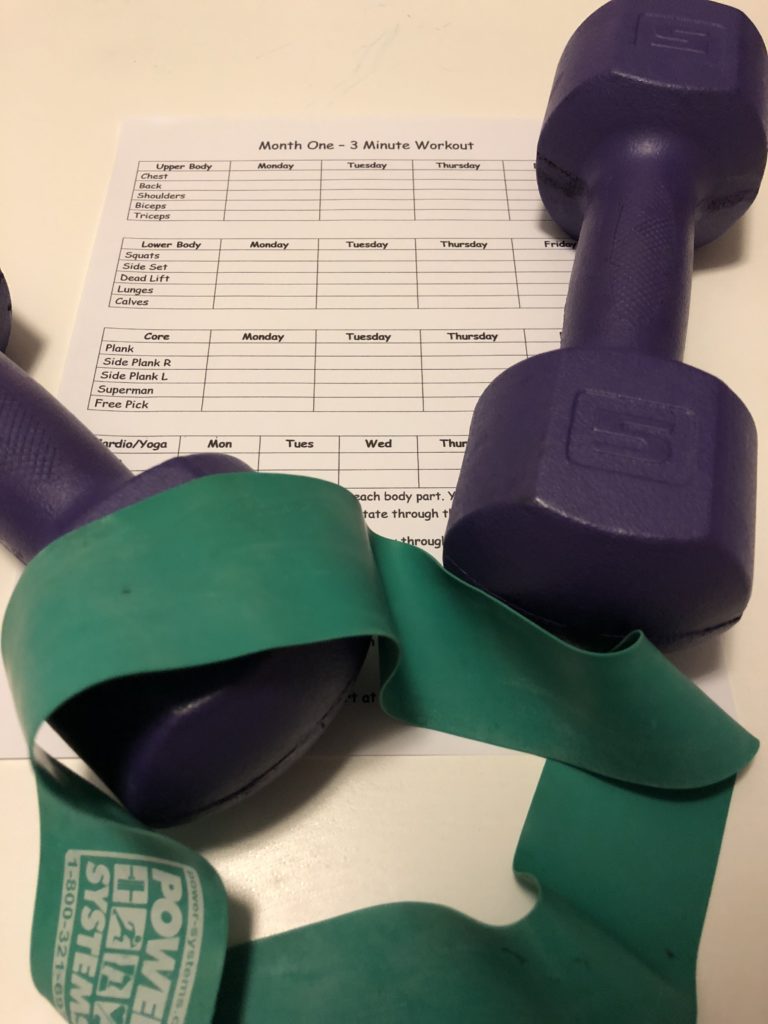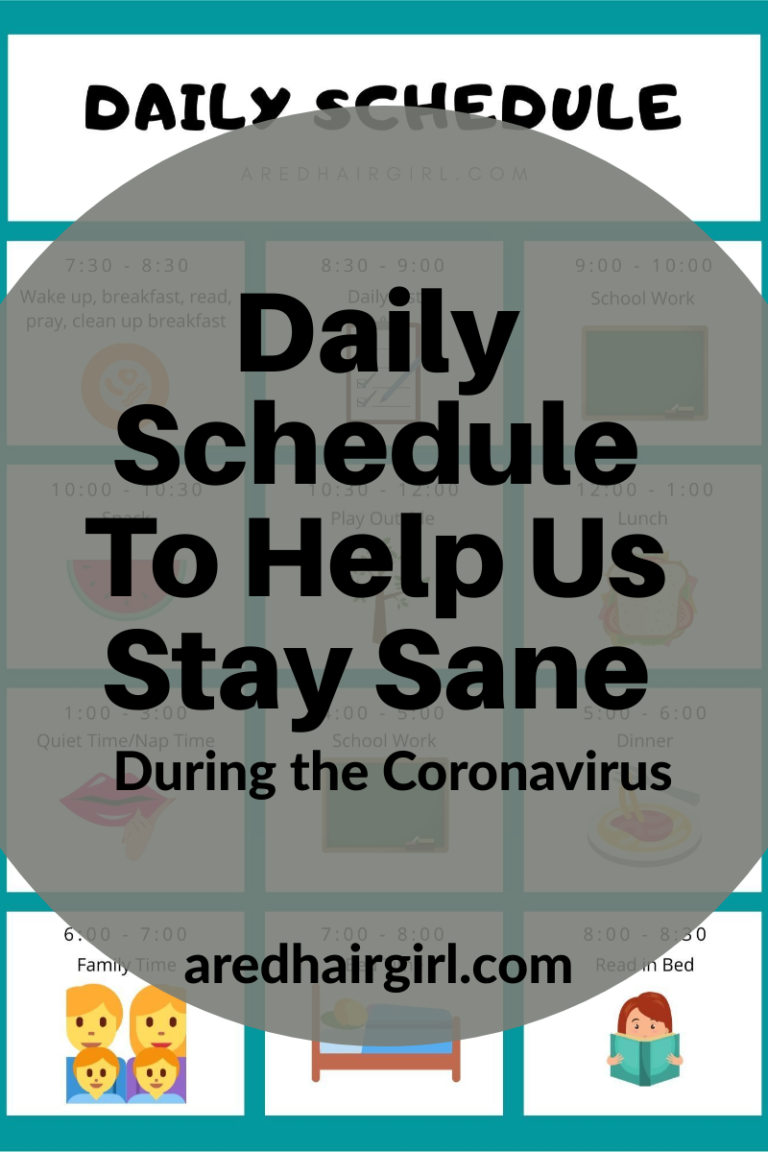Two-Screen Method Anxiety Book Review
If you have to deal with anxiety then this two-screen method by Dr. Symington is for you! In this book review I share a bit about the book and an Q&A.
I am so very excited to be able to do another book review and author Q&A! This time it is an anxiety book review, show casing a two-screen method of dealing with anxiety. It is wonderful being able to read things that will uplift and make me a better person.
This post contains affiliate links for your convenience. Click here to read my full disclosure policy. Thank you so much for helping to support A Red Hair Girl!!
I have thoroughly enjoyed learning and putting into practice the two-screen method that Dr. Symington has developed. While I have been able to see some positive results I still have a ways to go in continuing to use and get better with his method.
Dr. Symington writes in a way that is engaging and easy to understand a complex topic. He adds stories from clients to help his readers get a better picture of the method.
Freedom From Anxious Thoughts and Feelings is not a fictional book, but a self help book, so it was hard at times to keep my eyes open. But, that could also be due to the fact that I’m ALWAYS tired! Haha!
I was able to ask Dr. Symington a few questions that I had during and after reading his book. I am happy to let you all read what he had to say:

1. How long have you been practicing?
I’ve been in full-time private practice since 2005.
2. What are three random things about you?
- I love tennis (I can’t figure out why it¹s so much fun to chase a yellow fuzzy ball around but it is).
- I used to be in business and then went through a life reevaluation. It was through this process that I decided to pursue clinical psychology, a profession that lined up with both my head and heart.
- One of my sub-specialties, which is a great one to bring up in social gatherings (or not!), is sex therapy.
3. What do you type of therapy do you specialize in?
I take an integrative approach to therapy, which means I utilize several different therapeutic modalities. However, I have a lot of training (and utilize) in evidenced-based treatments, such as cognitive behavioral and mindfulness-based therapies.
4. How do you suggest using anxiety in a positive way?
It’s helpful to mentally re-frame anxiety as a ball of energy. The question then becomes what you do with this unwelcome energy. We have the freedom and ability, with practice, to use nervous, anxious energy to our benefit. The presence of anxiety can be an internal reminder and catalyst to express the best parts of who we are. Along these lines, I have my clients generate a list of concrete behaviors they engage in when expressing their best. Maybe they encourage others or express gratitude or host friends for dinner, whatever the loving behavior or positive action might be. When they get hit with an anxious wave or start worrying, they act on one of the positive actions from the list. They begin associating the difficult emotional experience with value-based action. As a result, the anxiety starts to become a built-in reminder and springboard to express the best parts of self.

5. Do you think it is possible to get to the point where one can go through your method subconsciously?
Interesting question. Over time, the two steps of the Two-Screen Method (Accept & Redirect and Utilizing the Front Screen Anchors) can become reflexive and automatic. In the beginning, there is a lot of redirecting your attention to the Front Screen because the brain, harnessing the power of neuroplasticity, is in the process of laying down new neuronal pathways in the brain. Once you’ve trained your mind in this way, you will discover an increased ability in bringing your mind into the present moment and focusing attention on what’s important, even in the presence of distracting, unsettling thoughts.
6. What progress have you witnessed with clients or others with your Two-Screen method?
The Two-Screen Method is a user-friendly application of mindfulness, an approach to mental health that has a lot of scientific backing. My method takes these evidenced-based principles and makes them easy to conceptualize and apply, especially in the moment when you feel emotionally overwhelmed. As a result, I’ve observed clients apply what works more quickly and effectively.
7. How do I accept and redirect a thought that is horrible? I have fears and anxiety of something bad happening to my family. For example: they all leave to go do something together and they die in a car crash, or someone takes one of my children and we can’t find them, or someone coming into my home and killing them. It’s hard for me to accept any of those thoughts or others similar to them…
Acceptance is a tricky concept. It’s not saying you’re okay, like or agree with the threatening idea coming into awareness. Acceptance is allowing the unwanted and unwelcome threats to be there without fighting or monitoring them. In other words, you redirect your attention to the Front Screen, while allowing the anxious tape to run in your peripheral vision. You take this courageous step knowing two things. First, based on the historical pattern, you’re aware that this is something you tend to worry about, such as your children’s safety, when there are no objective reasons/signs of danger. Secondly, you practice Accept & Redirect because you know this response to the Side Screen will defuse the threatening internal activity trying to spoil your day. If you have trouble—in the moment—figuring out whether it’s a genuine concern requiring mental problem solving or just an overactive threat center showing up where it doesn’t belong, go through these steps:1) When you get hit with an anxious thought, ask yourself, Is this something I tend to worry about? If your worry matches a reoccurring theme, you can bet that it’s just a worry, giving you the green light to apply Accept & Redirect. 2) In these worried spaces, ask yourself, Realistically, besides keeping myself and loved ones in a protective bunker, do I have any control over the concern or can anything productive be accomplished in this moment by running the idea through my mind? If the answer is no, commit yourself to staying tethered to the Front Screen. When your mind wanders back to the side screen, keep gently redirecting back to the Front Screen, saying to yourself, I can live with this feeling. 3) When you’re actively concerned—and prone to going away in the mind—ask yourself, Is my thinking right now drawing me away from something important in life? Here I’m referring to being present with loved ones, enjoying the moment, being the best version of you or engaging in self-care (e.g., it’s hard to get a good night sleep if you’re tangled up in worries). If your thinking is compromising an important value, that’s a sign to get out of your head and implement the front screen anchors.
8. What is your best advice when it comes to dealing with anxiety in children?
Children can also benefit from the Two-Screen Method. Talk to them about the worries and distressing feelings showing up on their side screen. It’s important to normalize and have compassion for their fears, while giving them some simple ways of redirecting their attention and life energy to the Front Screen (and away from the worries), such as making plans for the weekend or going outside to play.
Lastly, for your stress level and your child’s well being, adopt and practice mindful breathing. The breath is key in regulating the Central Nervous System, the system that is implicated in both anxiety and relaxation. There are Apps, such as Headspace and Calm, and other programs (Mind Yeti, etc.) that can help you and your family integrate mindfulness into a busy life.
Are you ready to get your own copy of Freedom From Anxious Thoughts and Feelings: A two-step approach for moving beyond fear and worry?? I have no doubt that when you apply these practices in your life you WILL see and feel a difference in yourself.
Happy reading!
Dr. Symington’s socials links: Facebook and Twitter. I already started to following him, you should too! 🙂







